Can You Dry Memory Foam Pillows
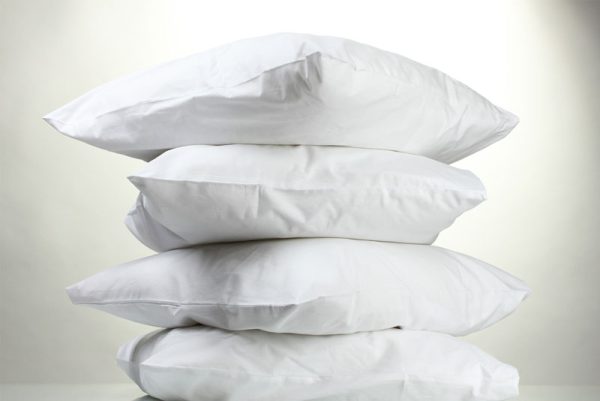
Urgent warning for memory foam pillow owners: Improper drying can permanently damage your pillow. Understanding the correct method is crucial to preserving its integrity and lifespan.
This article details how to safely dry your memory foam pillow, preventing damage and maintaining its comfort. Misinformation abounds, and following incorrect advice can render your pillow unusable.
The Drying Dilemma: Avoiding Common Mistakes
Never put your memory foam pillow directly in a standard clothes dryer. The high heat can melt or disintegrate the foam, causing irreversible damage.
According to The Sleep Foundation, excessive heat degrades the foam's structure. This leads to a flattened, less supportive pillow.
Avoid using high heat settings when cleaning any memory foam product. Gentle methods are essential for maintaining its integrity.
The Safe Drying Method: Step-by-Step Guide
The recommended method involves air drying. This process takes longer but is significantly safer.
First, gently squeeze out any excess water after washing. Avoid wringing or twisting the pillow, as this can damage the foam.
Next, place the pillow on a clean, dry surface. A well-ventilated area is ideal for faster drying.
If possible, position the pillow near a fan to promote airflow. This will significantly reduce drying time.
Turn the pillow regularly to ensure even drying on all sides. This prevents moisture from becoming trapped inside.
Drying time can vary depending on the humidity and airflow. Expect the process to take anywhere from 24 to 48 hours.
Alternatives and Precautions
Some manufacturers recommend using a clothes dryer on a no-heat or air-fluff setting only. Always check the manufacturer's care label before proceeding.
If using a dryer, place the pillow inside a mesh laundry bag to protect it. This will minimize direct contact with the dryer drum.
Periodically check the pillow's temperature. If it feels hot, immediately remove it from the dryer to prevent damage.
Dehumidifiers can also aid in the drying process. Placing the pillow in a room with a dehumidifier can accelerate drying.
Recognizing Damage: Signs of Improper Drying
Several signs indicate that your memory foam pillow has been damaged. Watch out for these indicators.
A lumpy or uneven texture suggests the foam has been damaged by heat. This is often irreversible.
A flattened or distorted shape can also indicate heat damage. The pillow may lose its original form.
A burnt or chemical smell is a clear sign of melting or disintegration. Discard the pillow immediately if you detect this.
If the pillow feels significantly firmer or less supportive, it has likely been compromised. Its ability to provide proper support will be diminished.
Expert Opinions and Recommendations
Dr. Michael Breus, a sleep specialist, emphasizes the importance of gentle cleaning. He recommends spot cleaning over fully washing memory foam pillows.
According to Consumer Reports, regular airing out can prevent the need for frequent washing. This minimizes the risk of damage from drying.
Consider using a pillow protector to prevent stains and moisture buildup. This reduces the frequency of washing.
Case Studies: Real-Life Drying Disasters
Numerous online forums document instances of ruined memory foam pillows. Users report melting, crumbling, and permanent deformation after improper drying.
"I put my memory foam pillow in the dryer, and it came out a melted, lumpy mess!" - Reported by a user on Reddit.
These experiences highlight the risks associated with incorrect drying methods. Learning from these mistakes is essential.
What's Next: Maintaining Your Pillow
Regularly fluff your memory foam pillow to maintain its shape and support. This helps prevent it from becoming flat over time.
Spot clean any stains immediately to prevent them from setting. Use a mild detergent and a damp cloth.
Consider replacing your memory foam pillow every 1-2 years. This ensures optimal support and hygiene.
Always consult the manufacturer's care instructions for specific guidance. This will help you prolong the life of your pillow.
Stay informed about best practices for memory foam care. Future updates and research may offer new insights and techniques.
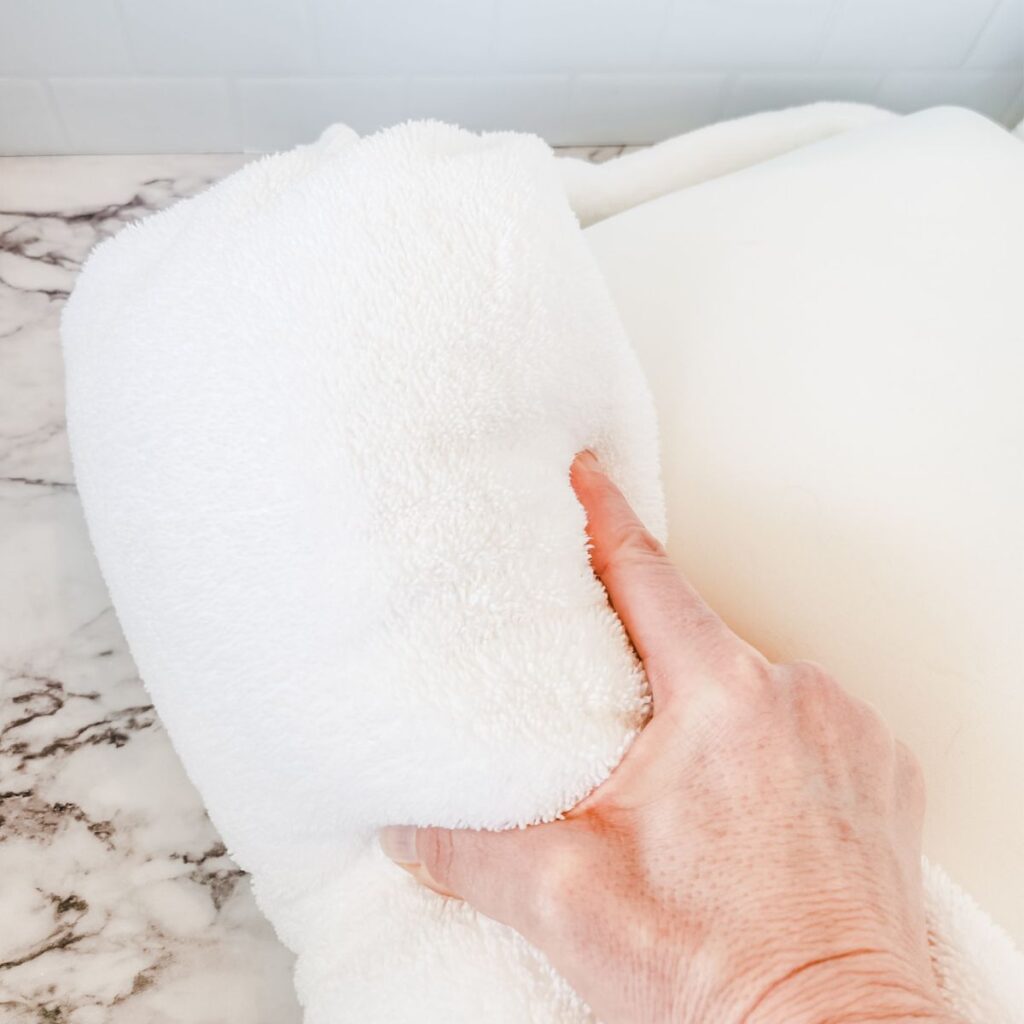

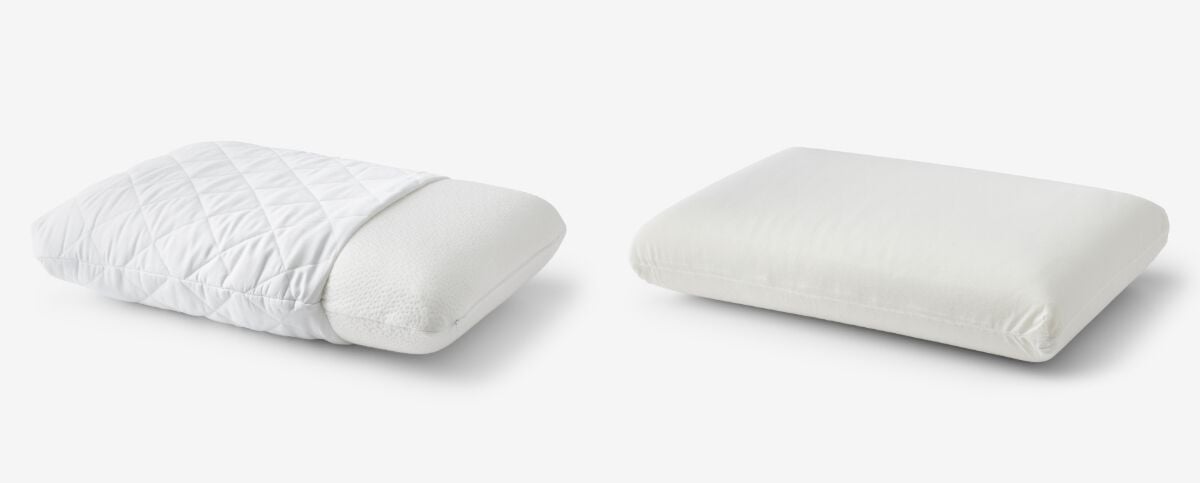

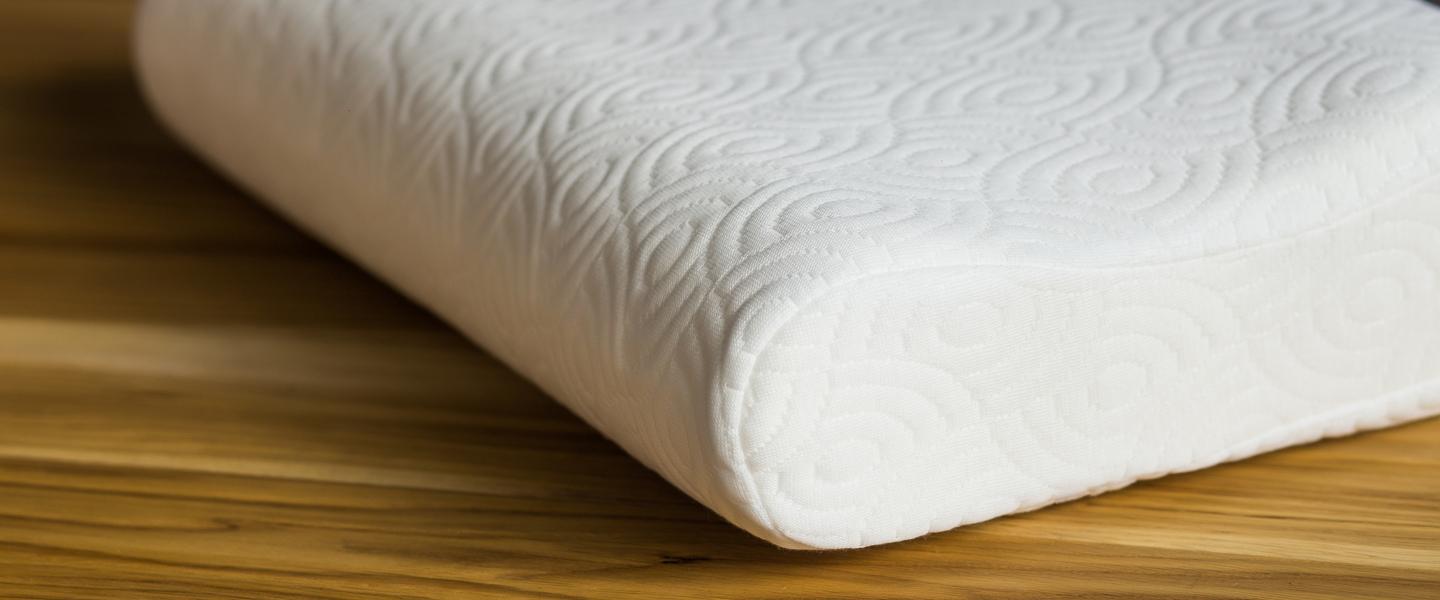

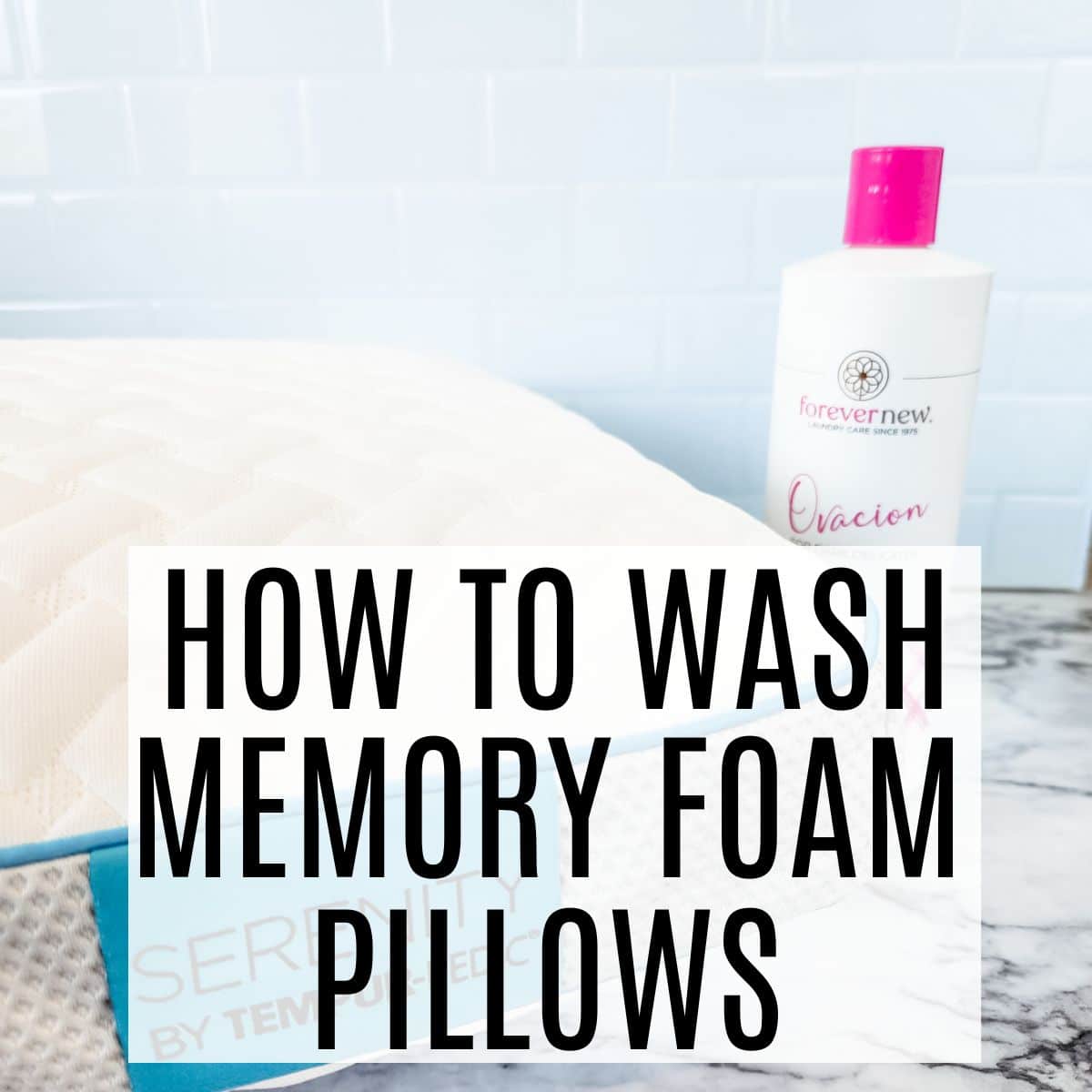

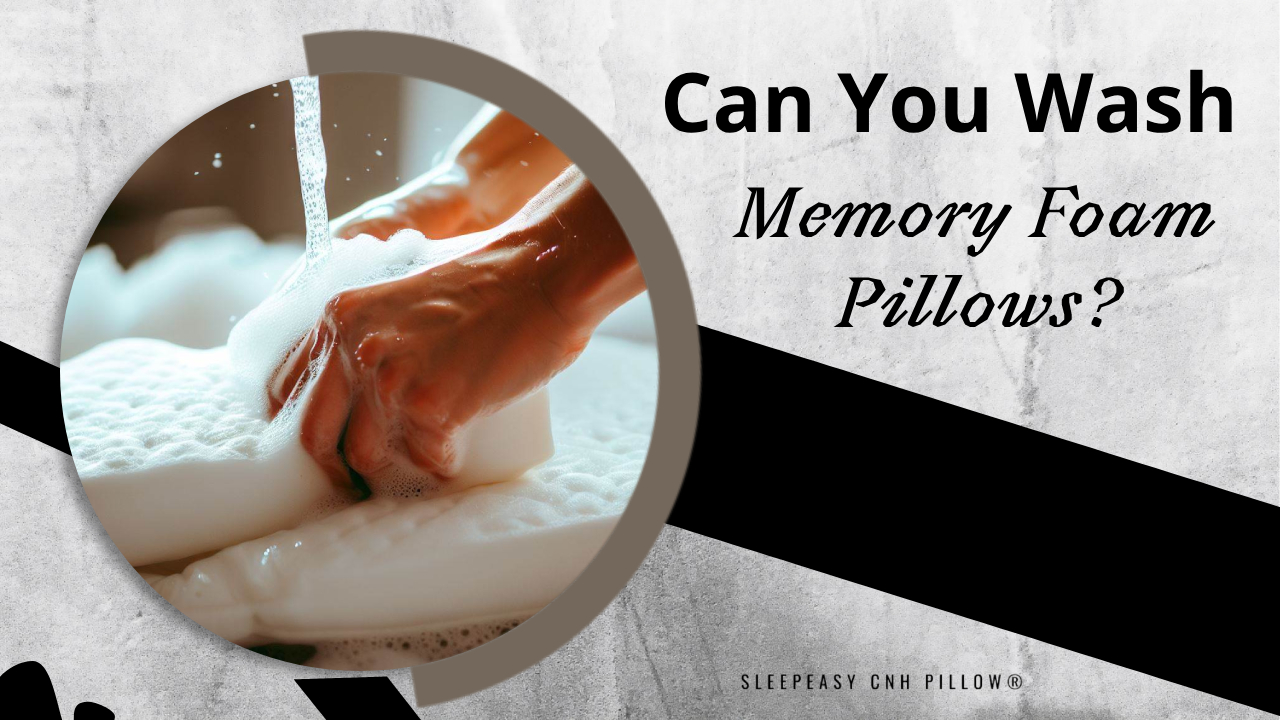

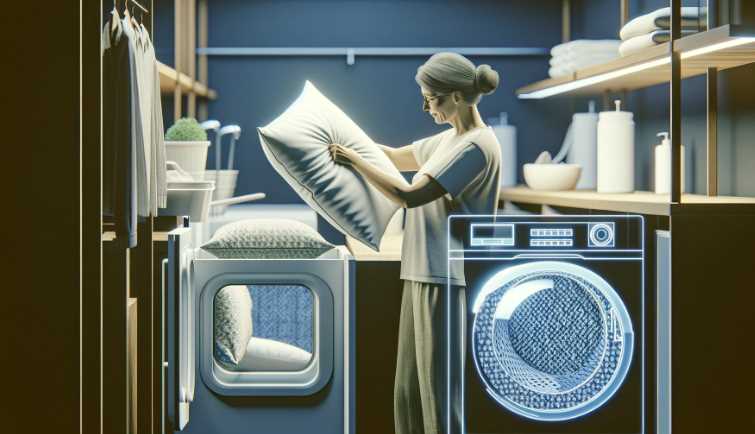
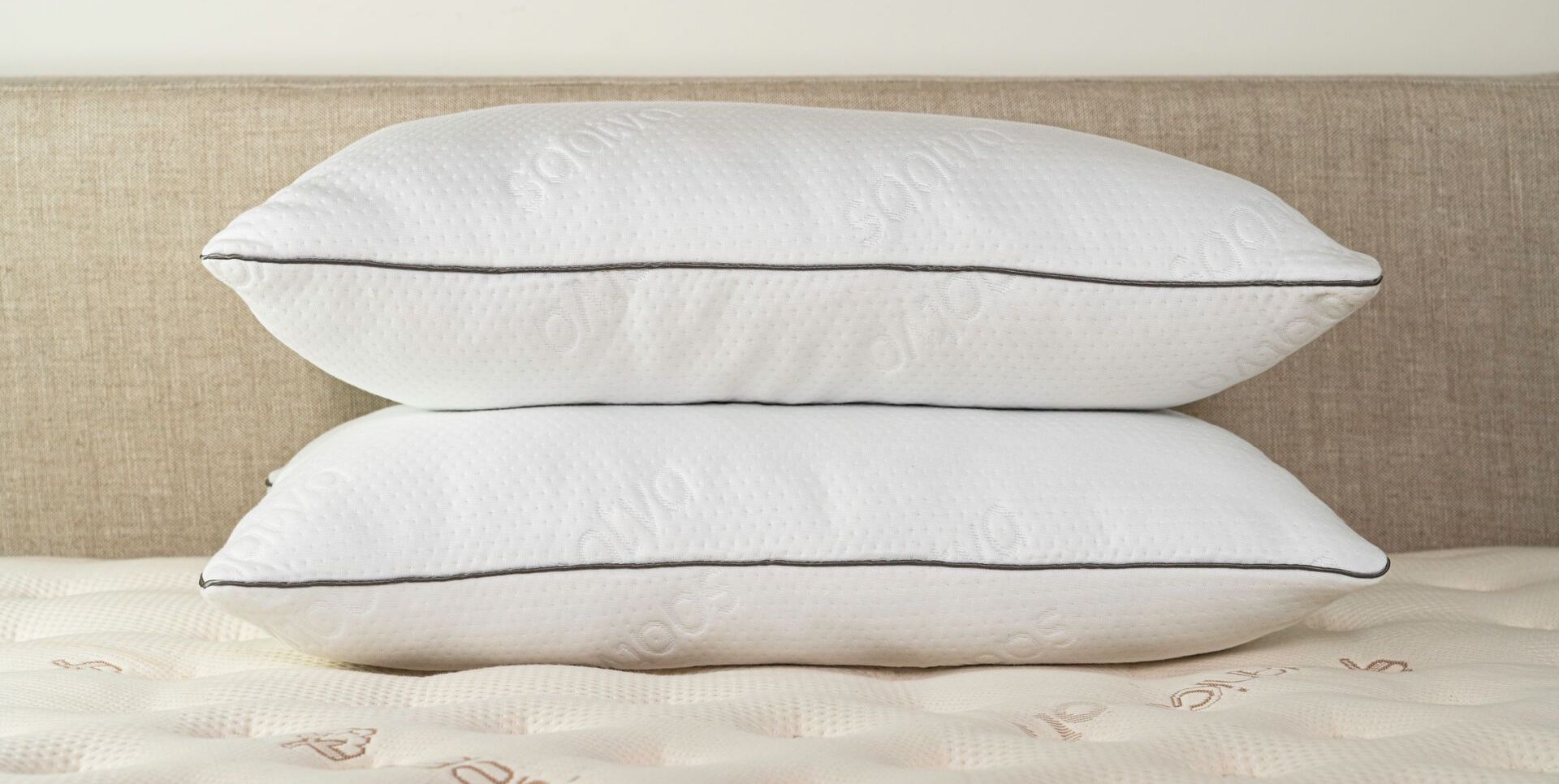
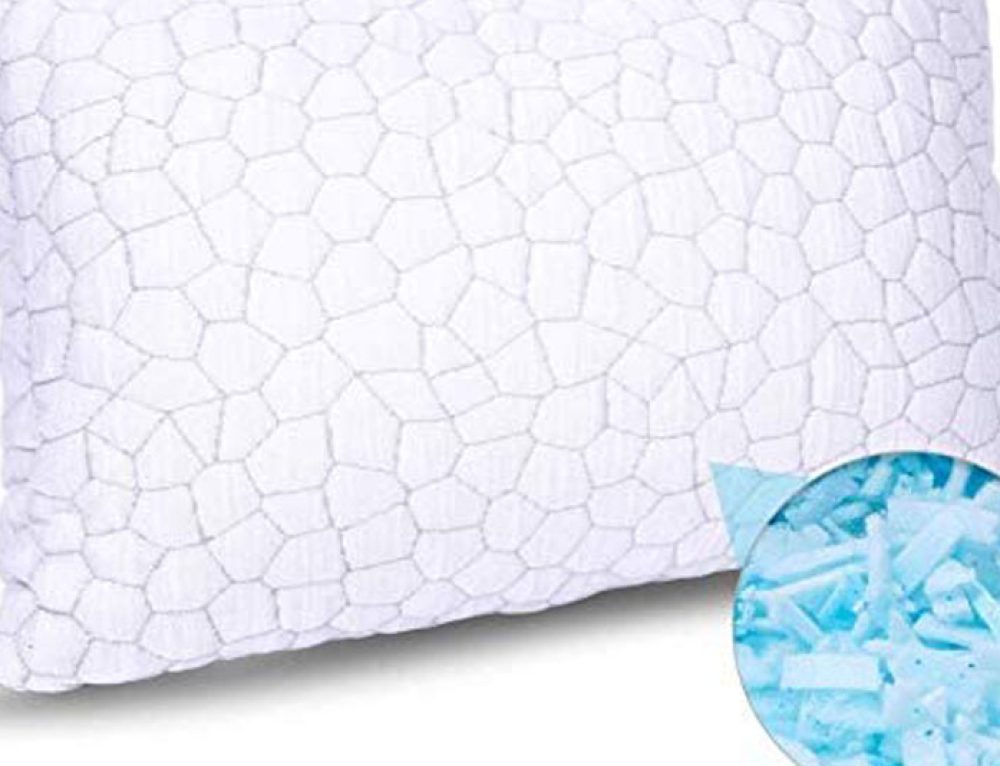


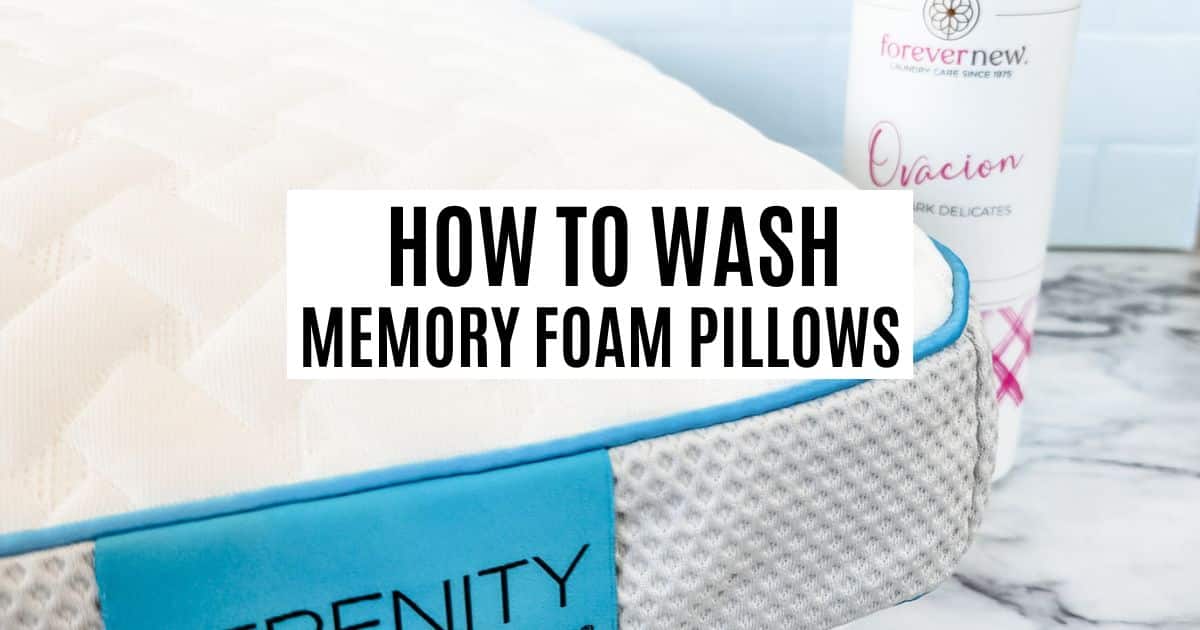
:max_bytes(150000):strip_icc()/RSP-Saatva-Memory-Foam-Pillow-4x3-Pillows-Katelyn-Chef-12-5-60086ee5581a4a92bfbbc7d24550f33f.jpg)
